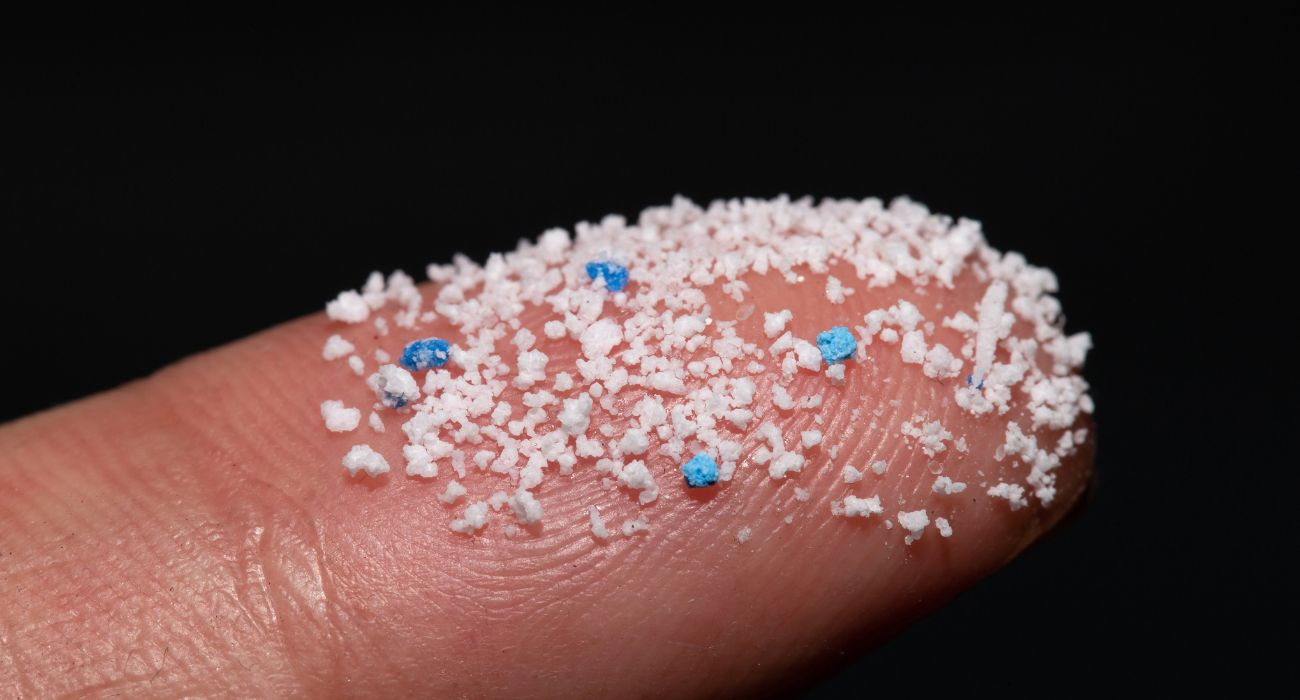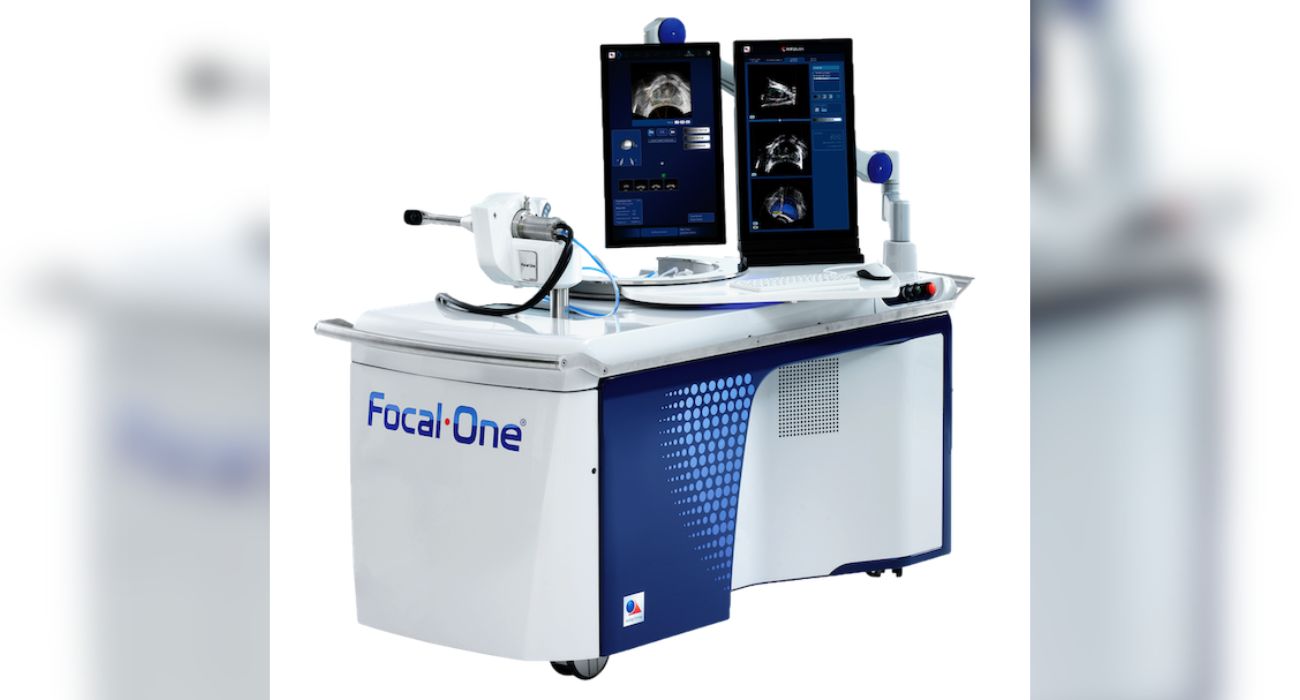A new study has linked microplastics and nanoplastics in the body to a heightened risk of heart attacks, strokes, and more.
Italian researchers from the University of Campania Luigi Vanvitelli published a paper in the New England Journal of Medicine this week that investigates the cardiovascular health hazards posed by plastic contamination.
Microplastics and nanoplastics are tiny polymer particles formed as larger plastics and synthetics — such as polyester textiles — degrade. Any fragment larger than a micrometer but smaller than 5 millimeters is considered a microplastic, while anything smaller than a micrometer is considered a nanoplastic. The latter are most troublesome for human and animal health since they can be ingested more easily, causing intestinal injuries, lung inflammation, and more.
They are everywhere, even in bottled water, as one study in 2018 found.
“It’s in our water, it’s in the ocean, it’s in the animals, in the air, even in space,” Ana Zivanovic-Nenadovic, an assistant director of policy for the North Carolina Coastal Federation, said in reference to microplastics, according to a news release.
In the first study of its kind, Italian researchers examined the material removed from 257 individuals who had carotid endarterectomy — a procedure that aims to reduce the risk of stroke by removing plaque from the carotid arteries. These are found in the neck and provide critical blood flow to the brain.
High cholesterol contributes significantly to plaque formation in the arteries, with obesity — a condition affecting over a record-breaking 1 billion people globally — heightening this risk.
Yet, as the paper explained, the research team found “visible, jagged-edged foreign particles” in the plaque using electron microscopes.
A total of 150 participants had polyethylene in their tissues, which is found in plastic wraps, plastic bags, and various food and drink containers. Some 31 participants had polyvinyl chloride (PVC), a synthetic polymer used everywhere, from drainage pipes to footwear.
Moreover, the study discovered that the participants found with microplastics or nanoplastics in their plaque tissue had around twice the risk of having a heart attack or a stroke, as well as of dying from any cause. This finding came from tracking the individuals for 34 months after their carotid procedures.
Although Phoebe Stapleton, an associate professor of pharmacology and toxicology at Rutgers University, cast some doubt on the study’s last finding while speaking with CNN, she did suggest that microplastics and nanoplastics in the body could cause inflammation. This would potentially “increase one’s susceptibility to these chronic diseases.”
“I think that with more work, we may find these exposures to be a risk factor … more particles, more inflammation, more risk for poor cardiovascular outcomes,” Stapleton said.






